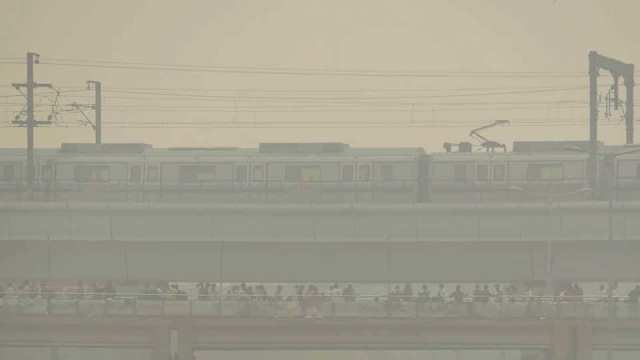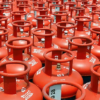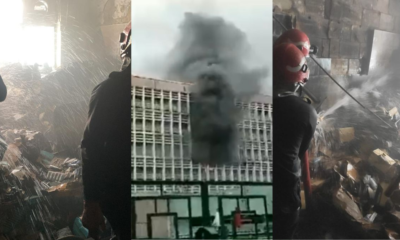Key points:
- According to the Central Pollution Control Board (CPCB), AQI between 401 and 500 is considered extreme.
- A layer of smoke and pollutants settled closer to the atmosphere, blocking the sunshine and reducing visibility during the day.
- Air quality began to deteriorate dramatically after 10:00 am on Wednesday due to high subsidence as well as pollutant accumulation.
- The wind speed for the next couple of days to be great.
- Thursday’s minimum temperature climbed to 12.1 degrees C, compared with 10.6 degrees C mostly on the previous day.
On Thursday morning, as residents called up to an AQI of 452, Delhi’s air quality rapidly deteriorated to “extreme” on the air quality index ( AQI).
According to (CPCB):
According to the Central Pollution Control Board (CPCB), AQI between 401 and 500 is considered extreme, which can affect healthy individuals and seriously harm people with current health conditions.
The AQI was in the “very low” category until Wednesday afternoon, between 301 and 400, but deteriorated rapidly to “extreme” due to a change in meteorological conditions.
The speed of the wind steadily decreased and became steady, leaving little space for pollutant dispersal at night.
As per The IMD Scientists:
Scientists from the India Meteorological Department ( IMD) said that on Wednesday, a layer of smoke and pollutants settled closer to the atmosphere, blocking the sunshine and reducing visibility during the day.
The weather conditions on Wednesday resulted in a decrease in the maximum temperature to 28 degrees Celsius (C) — 2 degrees C below average.
Because of air pollution, low wind intensity and cold air subsidence over this area, smog-like conditions have grown. The northern plains, especially the Delhi National Capital Region (NCR), are subsidised by air.
As a consequence, it is not important to spread toxins,’ said Vijay Soni, scientist, air quality division, IMD.
According to (MoES):
According to the Union Ministry of Earth Sciences (MoES) Air Quality Early Warning System, air quality began to deteriorate dramatically after 10:00 am on Wednesday due to high subsidence as well as pollutant accumulation.
Until recovery begins on Thursday, the AQI may hit the higher end of the very poor to the serious group, it has predicted.
Kuldeep Shrivastava, regional weather forecasting centre head Stated:
We expect the wind speed for the next couple of days to be great. I see little imminent change in these circumstances,’ said Kuldeep Shrivastava, head of the regional weather forecasting centre.
Thursday’s minimum temperature climbed to 12.1 degrees C, compared with 10.6 degrees C mostly on the previous day.
“On Thursday there is shallow fog. Due to the layer of contamination, the minimum temperature has risen, which does not allow the surface heat to exude back at night, Shrivastava continued.






































